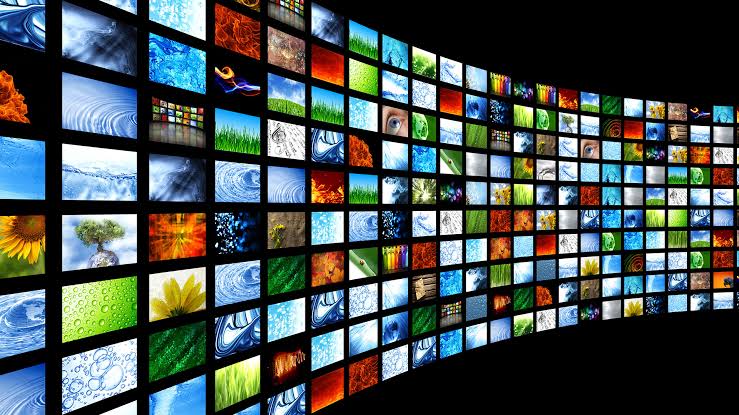By Zion Rufus
Summing up the dawn of the Internet of Things (IoT), continuous evolution of the viewing habits of consumers across the globe, and an increased dependence on mobile devices even as ad professionals anticipate an increased digital ad budget and internet penetration in 2022, digital advertising is set to be the new TV advertising.
With digital technology tools such as the advent of the 5G technology which has further fueled the growth of Virtual Reality (VR), Augmented Reality (AR) and Artificial Intelligence (AI), brands can now go beyond screens as they can experiment new formats and increase their creativity.
The shift is driven by the Changes in consumer behavior—especially on mobile devices. Research shows the amount of time people spend with digital media on a daily basis continues to climb each year with mobile devices making up the time spent.
“As consumers spend more time accessing the Internet, advertisers have become savvier about reaching potential clients across various digital platforms and devices,” shared marketing communications expert, Yomi Olaniwun, CEO, Bold Brand Buzz.

“Clients know that Digital advertising allows brands to segment their audience and hit the bulls eye spot on rather than casting a wide net (reaching everyone watching a certain television program, reading the latest issue of a particular magazine, driving by a specific corner), you’re able to reach segmented audiences—the exact types of clients you’re looking to retain.”
The dramatic increase in the reliance of people on digital technologies for learning, entertainment, communication, business, marketing, and advertising, has become an important factor fueling the steady growth of internet users globally as phones let you stream movies, live shows, play games, connect with friends and families, and create content with an added advantage as advertisers can now feed their audiences personalized ads across those platforms.
Expectedly, the trend has prompted marketers and advertisers to shift a large proportion of their advertising budgets to the Internet. Owing to the massive growth occasioned by the pandemic, the industry is gearing up for the groundbreaking possibilities of 2022 even as they anticipate a whopping increase in digital advertising budget.
“There will be a lot more budget for digital advertising,” Olaniwun continued.
“But then again digital advertising will be crucial because it is a year where most brands have also realized you can actually measure results from digital advertising. And expectedly, there will be cuts from the media, outdoor, there will be cuts from traditional advertising, and there will be more for digital advertising.”
“So my expectation is that clients are going to get more satisfaction from result driven campaigns by the digital agencies who have deep understanding of consumer’s online behavioural pattern and can creatively think without the box,” he stated.
Influencer marketing and in-game ads are also on the rise. Brands are beginning to partner with influencers for content creation, development, and promotion. With the pandemic, some business models have been accelerated, such as online retail, click and collect, frictionless retail, and D2C e-commerce, changing the way companies position themselves to meet customer needs.
SMEs and online start-ups are now making a shift from traditional advertising to self-serve platforms that allow small businesses to advertise with ease. These online platforms minimize the expenses by allowing the companies to take control of their marketing schemes and selling products directly to the consumers. According to Statista, small businesses spend, on average, up to $10,000 per month on online advertising.
The global internet advertising market share is also expected to maintain its dominance even in the coming years driven by factors such as extensive adoption of smartphones, emergence of high-speed internet, proliferation of social media, rise in advertising spends on digital media across various industries, and increase in popularity of streaming platforms.





Comment
No comments found.